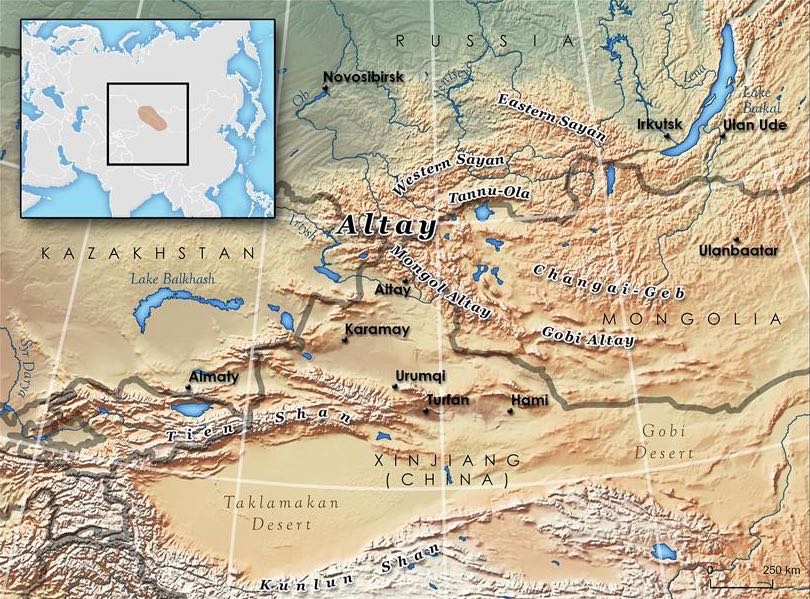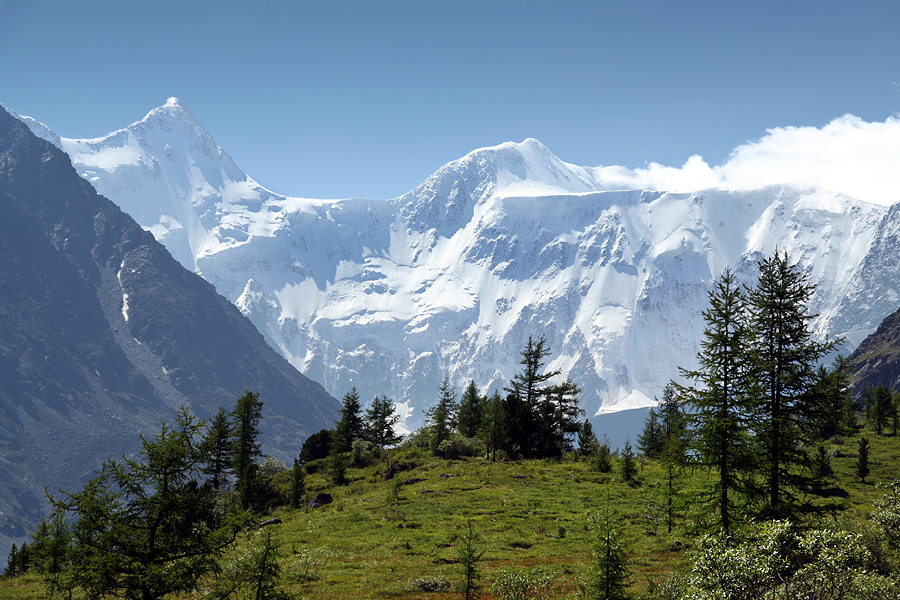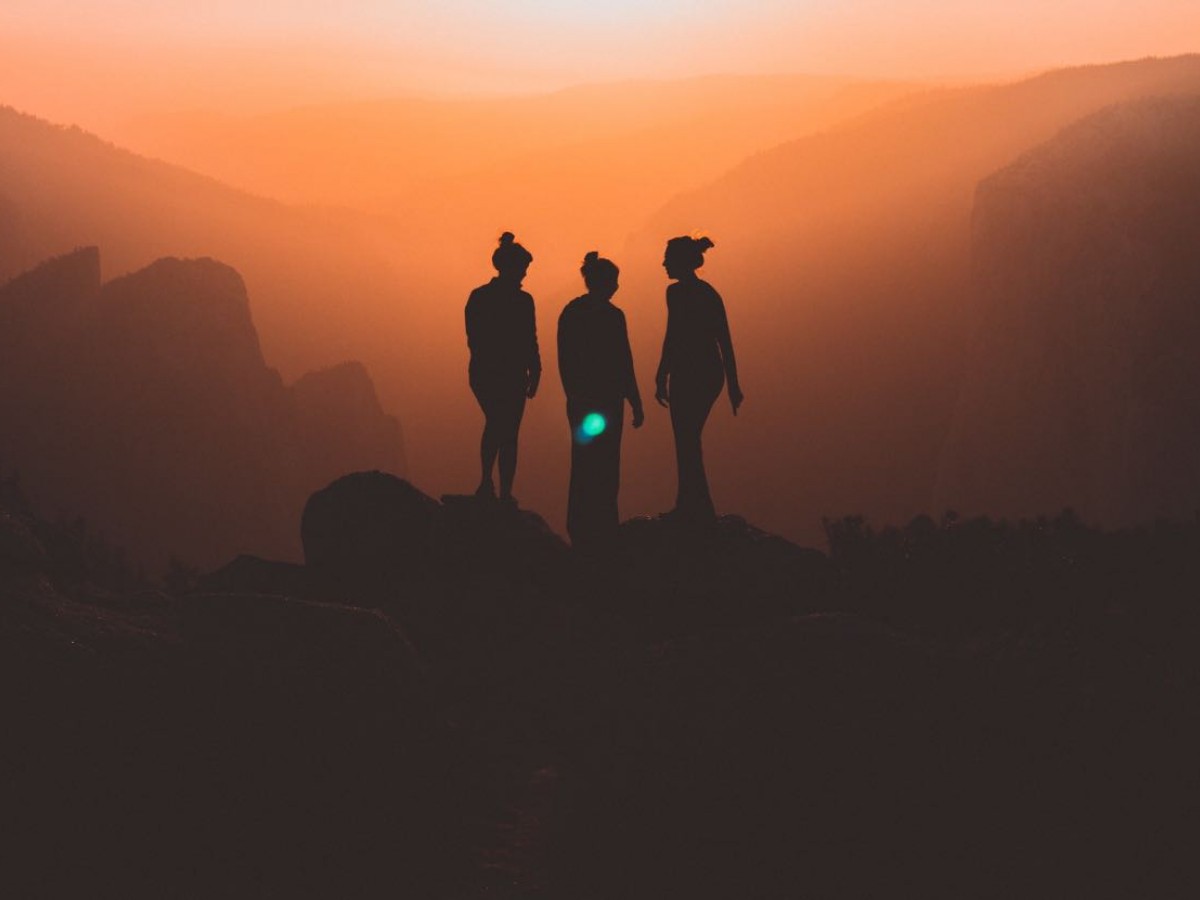My Treasure Hunt for a Real Supplement.

Why I Had to Go to the Source for Rhodiola rosea. And Why It Matters.
What if you knew that one out of every four Rhodiola rosea products on the market today was adulterated? What if you knew that a full 25% of products out there were degraded, debased, watered down, or just plain inauthentic?
Well now you know. And so does the rest of world. Because that's exactly what the American Botanical Council uncovered just last month.
It has created quite a stir in the industry.
The authenticity of Rhodiola dietary supplement products has been called into question by the October 2017 publication of "Adulteration of Rhodiola (Rhodiola rosea) Rhizome, Root and Extracts" by the American Botanical Council. The report, authored by top natural products experts, outlined that less expensive Rhodiola species grown in China may be commonly added to the intended species, resulting in its adulteration. (Read the whole report here).
Can I just tell you I already knew this. I found it out the hard way!
Tweleve months ago, when I first set out to make BrainFlō™, I was appalled by the certificates of analysis I kept getting back from all the readily available and cheap Chinese sources of Rhodiola rosea. Not only were the samples often adulterated with the wrong species of Rhodiola, like R. crenulata instead of R. rosea, but they also contained way too much lead, mercury, arsenic, and cadmium for my palate--even the organic ones!
(Organic refers to a farming technique not a soil guarantee. So if your organic herbs are coming from a part of the world that burns a lot of coal, then heavy metals will of course be falling out of the sky into the soil--organic or not).
Anyway I couldn't believe what I was seeing. So this is what vendors were routinely using just because it made economic sense and because the impurities were considered acceptable.
It was not acceptable to me!
In fact, it took me six months of treasure hunting to finally find a source of Rhodiola rosea I was genuinely happy with.
I made phone call after phone call. I studied botanical charts and maps. I learned what climates to look for and what harvesting practices to look for. I learned for example, that Rhodiola rosea has to ripen for five full years under alpine conditions before its medicinal compounds are mature. (And I learned that few suppliers are willing to wait that long before they cash in--no surprise there.)
In desperation, I finally paid a competitor $1,000 just so I could see his "Rolodex" in hopes of finding a real quality lead.
And persistence paid off. Or exasperation paid off. I'm not sure which.
Before I tell you who our amazing supplier is, let me answer a niggling question first: how on earth could this have been SO HARD? Shouldn't quality rise to the top, like cream, and be easy to find?
Well, according to Trish Flaster, CEO and Founder of Botanical Liaisons, who led the American Botanical Council's review team, a spike in demand for Rhodiola in the USA and globally may be responsible for quality and identity issues. "The global demand for Rhodiola rosea has rapidly increased, which has led to shortages of authentic material. Most harvesting comes from alpine regions and forests, where supplies can be depleted quickly without replanting and sustainability efforts," says Flaster.
In fact there are several factors contributing to a substitution of Rhodiola species:
- The lack of genuine raw material
- Confusion over the (vernacular) Chinese pinyin name of the plant when sourcing from China
- Deliberate substitution during the collection and manufacturing of dietary supplements for economic expediency.
In China, it is rare for vendors to differentiate the various species, and most vendors have little knowledge about rhodiola because it has a short history of use in Traditional Chinese Medicine and trade. [Whereas it has a long tradition in Siberia]. They sell it because it is popular as a general health food item but most vendors know little about it beyond its province of origin, which does not always correlate to the species or morphological form.
Needless to say, I dropped China like a firecracker and focused my sights on the Altay Mountains of Siberia--one of the most well-preserved remote natural environments in the world--where the environment was cleaner, the experience with Rhodiola was legendary, and the harvesting ethic was more traditional and methodical.

And that's when I found it--RhodioLife™--a raw Rhodiola rosea extract from Siberia distributed by PLT Health Solutions here in the West.
Verification of RhodioLife's identity is based on a comprehensive set of criteria, including supplier verification, chain of custody review, sustainability, mature harvesting criteria, and identity testing using high-performance liquid chromatography (HPLC) and DNA testing.
The certificate of analysis was gorgeous. At last, I had found good clean gold. And it was sustainable gold--unlike the churn and burn coming out of China.
"I applaud PLT Health Solutions for taking the initiative to develop a sustainable supply by building relationships with rural co-ops in the Altay Mountains [of Siberia]," says Flaster (American Botanical Council).

When it comes to Rhodiola rosea, identity matters!
Only Rhodiolife's unique "fingerprint" composition consistently provides the spectrum of compounds found in the root of the plant that are thought to be responsible for its biological activity--including rosavin, rosarin, rosin and salidroside. With Rhodiolife, not only is the percentage of the primary actives--rosavin and salidroside--the same as the root, but so is the ratio of actives. This is not the case with many other Rhodiola rosea ingredients on the market.

If not handled properly, rosavins may be subject to enzymatic degradation and thus not be present in a finished product. This is why HPLC testing is so important. It's the fingerprint.
Rhodiolife™ is different from other Rhodiola rosea extracts from the very beginning. It is wild-crafted sustainably by local experts from the Altay Mountains of Siberia and extracted in a state-of-the-art, GMP facility.
And now it's coming to a doorstep near you.
RhodioLife™ is not available directly to consumers. So you can't just go to your local vitamin shop and ask for it by name because they won't know what you're talking about. But it is available to savvy manufacturers who want to take their products to the next level.
At BioFlourish, we are obsessed with sourcing only the best, most pristine natural ingredients in the world--no matter how far we have to go to find them. No short cuts. No easy outs.
Discover more about how we incorporated RhodioLife™ into BrainFlō™ and how this amazing root from the hinterlands of Siberia synergizes with other nutrients to enhance mood, energy, focus, and flow.
